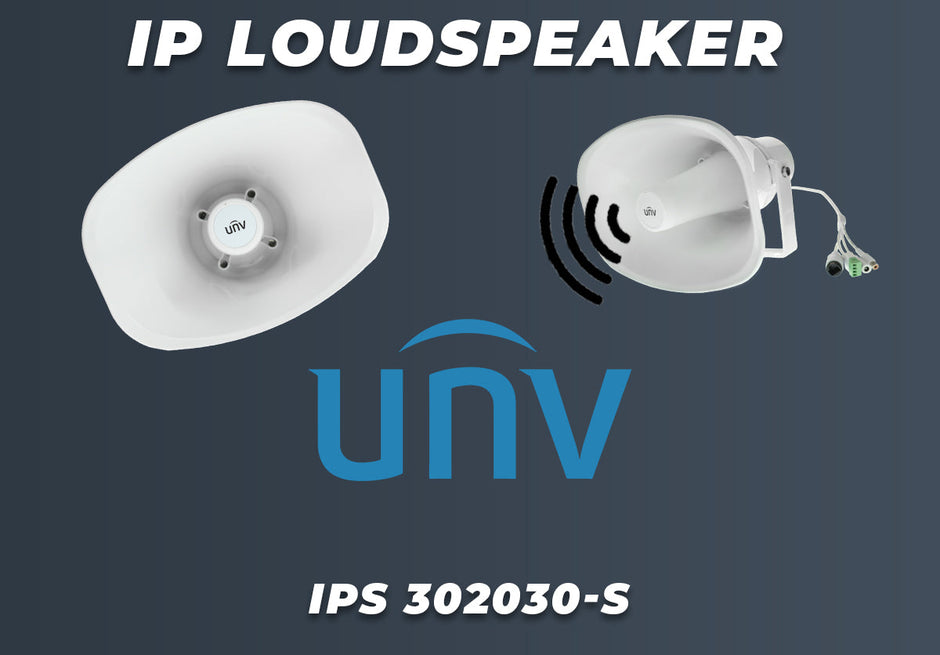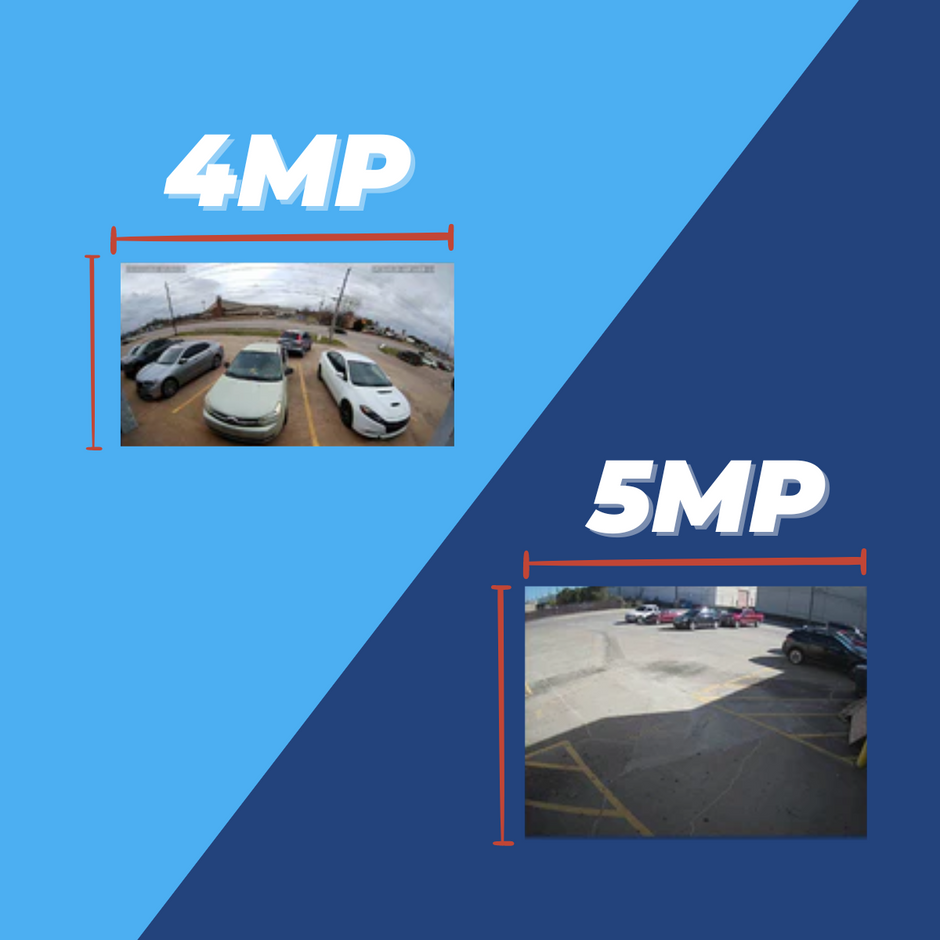Just keep swimming, swimming, swimming. Wait, that’s Pixar’s Dory. We’re talking about the DORI that stands for Detect, Observe, Recognize, and Identify. This DORI won’t be able to go on an ocean adventure with you to find your son, but it will help you figure out what kind of camera you need.
What is DORI?
The DORI is an international standard used for determining how far a camera is able to see an object with different levels of accuracy. This is actually a pretty difficult task, because you’re trying to determine the objective measure of how well you can see something, which is subjective itself. That being said, DORI is an attempt to standardize camera visibility measures, but it can’t be 100% accurate in every situation. The DORI should be used as a tool to compare the expected performance of the camera with your needs. It won’t be a guarantee, but it will give you a good idea of where to start!
Pixels Per Meter
The DORI uses Pixels Per Meter (PPM) as the measurement to define the distance to detect, observe, recognize, and identify a person, or object, in the field of view.
- Detection: starts at 25 PPM and will accurately show that a person or vehicle is present
- Observation: starts at 62 PPM and will accurately show some distinctive movement and characteristic details of a person
- Recognition: starts at 125 PPM and will accurately show definitive characteristics of a person and that a person shown is one that has been seen before
- Identification: starts at 225 PPM and will accurately identify an individual beyond a reasonable doubt
DORI

Typical DORI Measurements
Using specified PPM values makes it possible to rate cameras by their sensors and lenses and it can help you figure out the type of camera you’re going to need for each application. Here’s a handy chart comparing some typical camera models with their DORI measurements.

Using DORI measures will be really helpful in determining a starting point for the type of camera you’re going to need. If you still have questions about what camera will work best for a certain project, you can always reach out to one of our techs and they’ll be more than happy to help you figure out what you need!







